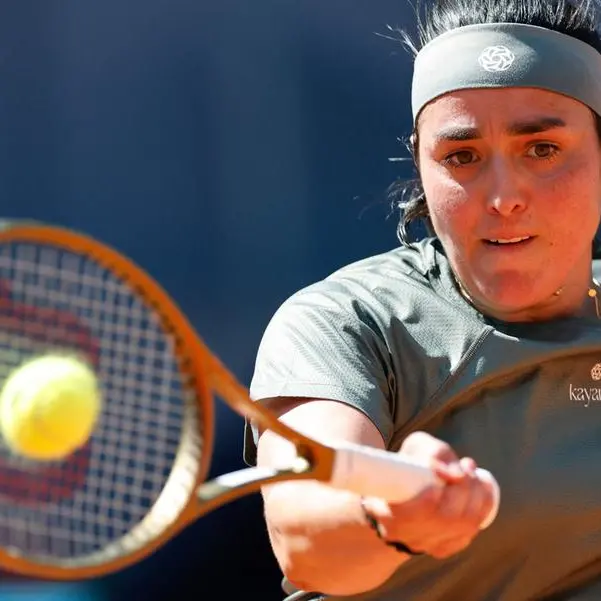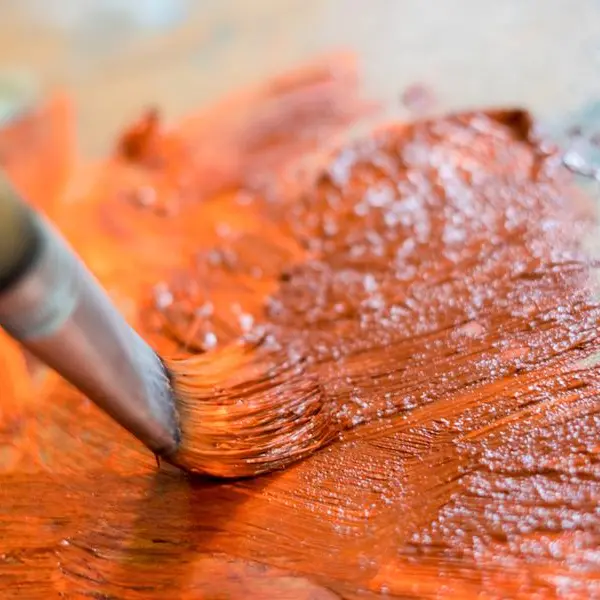Injured children are being pinned down by doctors and nurses during treatments in emergency rooms - and this, according to an expert, traumatises them.
Pain, fear and an intimidating emergency room (ER) - coupled with parental anxiety - create a stressful environment for a child during treatment procedures.
A UAE-based doctor has been practising a 'humane' methodology for the past eight years, which he said keeps the children pacified and makes treatments easier.
Dr Kapil Bakshi, a specialist orthopaedic surgeon at Prime Medical Centre in Sharjah and a visiting surgeon at Zulekha Hospital, said children comprise approximately 25 per cent of all visits in any ER setting.
"This demands quick handling of minor injuries to prevent a pile-up of patients and its ramifications," he told Khaleej Times.
"What we see in ERs is that when injured children come in, they are pinned to surgical tables by at least four people. Two nurses hold their hands and two hold their legs.
"This further traumatises the children," he said.
Dr Bakshi, therefore, developed the 'humane surgical positioning' for young children, which is applied with 'tender loving care' during minor limb surgeries under or without local anaesthesia.
"In developing countries with upcoming medical infrastructure, supervised anaesthetic or sedation cannot be administered to every injured child in pain," he said, adding that it was a need for using an alternative method without traumatising the children.
In his technique, the child is placed on the parent's lap and the surgeon stands behind the parent to perform the surgery. "In this way, the child feels safe in the comfort of his or her parent's lap, doesn't see blood, and cries less," said Dr Bakshi.
Narrating the story of Mehak, a brave five-year-old Pakistani girl who had a near total amputation of the thumb, the surgeon said: "I did an emergency surgery as the thumb was actively, profusely bleeding. The thumb was repaired in total calmness using my positioning, and even follow-up procedures were all done with full cooperation and without Mehak crying."
She has healed normally and now has full functionality of her thumb, he added.
According to Dr Bakshi, the children are in pain, scared, anxious and intimidated by the ER environment, and parents often compound this anxiety with their own fears.
"A child held in the 'humane position' by the parent is helpful - positioned on the parent's lap, clinging to them - so that the affected extremity is drawn out and placed on the side of the parent," he said.
"The surgeon and his instruments are positioned behind the parent's back, out of the child's and parent's fields of vision. Physical intimacy with the parent is 'captured' and capitalised upon . This makes the child feel secure, comfortable, relaxed and reassured during the procedure," said Dr Bakshi.
"This position eliminates undue force bordering on cruelty to the child, as is commonly seen, where a child is transfixed to the table. It saves time, avoids admitting procedures, general anaesthesia and costs, but it may have limited acceptance in some Western countries due to medico-legal fears."
Children can also be distracted with the use of devices, such as mobile phones and tablets displaying their favourite videos, keys, pacifiers, and toys, among others.
Dr Bakshi's methodology has been published in the Journal of Orthopaedic Trauma (JOT) and was also presented at the 38th Sicot Orthopaedic World Congress that was held in Cape Town, South Africa, in 2017.
Copyright © 2019 Khaleej Times. All Rights Reserved. Provided by SyndiGate Media Inc. (Syndigate.info).











